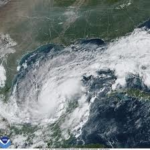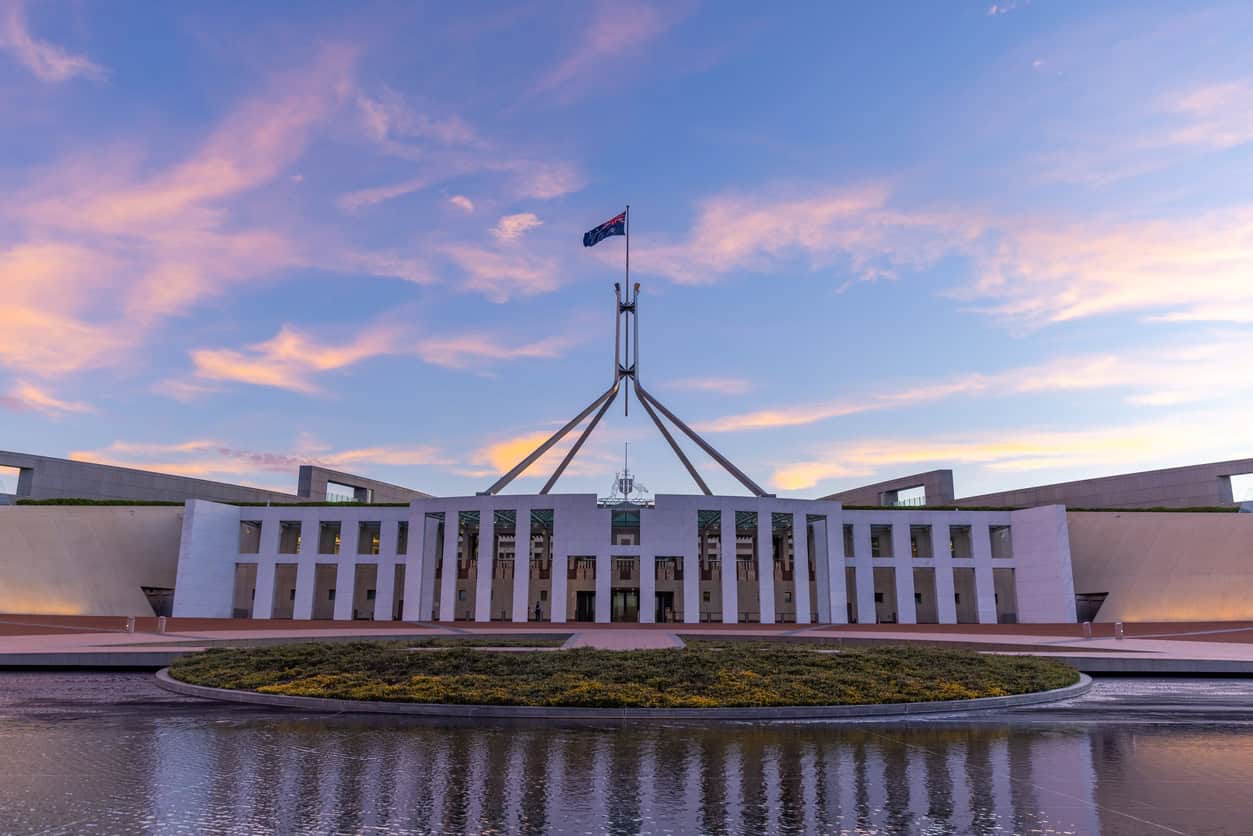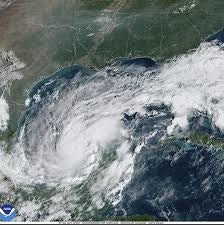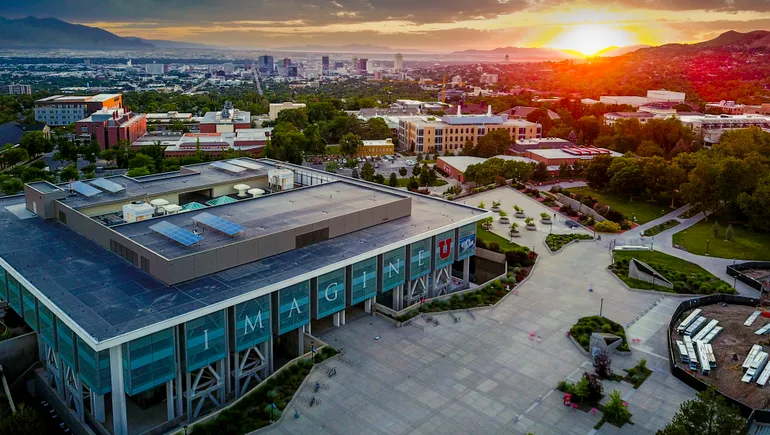Though only 2,181 Indian students enrolled in universities across Canada in 2000, that number jumped to a mammoth 128,928 in 2021, a 5800% growth in the last two decades.
By 2023, the number of international students in Canada stood at over 4,20,000, according to data released by India’s Ministry of External Affairs,
Indian students made up 49% of all international students in Canada in the first half of 2024, according to government data, a figure that has dropped by half when compared to 2023.
Though a diplomatic row between India and Canada led to the latter withdrawing dozens of diplomats from the South Asian country, recent policy changes have led to many Indian students steering away from the country.
“We have observed a notable decrease in submitted study permit applications from India, indicating a decline in interest among prospective students,” Priyanka Roy, senior recruitment advisor at York University, told The PIE News.
“Despite extensive efforts by institutions, including hiring in-country representatives and implementing targeted branding and marketing initiatives, this drop persists.”
According to Roy, though the IRCC regulations, changes in work permits, and political discord between Canada and India have contributed to a shift in attitudes, the institution is taking proactive steps to address the issues.
“We are prioritising direct engagement with prospective students and their families through webinars, information sessions, and Q&A forums,” said Roy.
“Additionally, we are strengthening our partnerships with schools and guidance counselors in India to ensure accurate information reaches students.”
With the Canadian federal election expected in the next year, the country is grappling with a rising anti-immigration sentiment, the brunt of which is being faced by international students.
Last month, the Canadian government announced further limits on international study permits issued for the 2025 intake.
We are prioritising direct engagement with prospective students and their families through webinars, information sessions, and Q&A forums
Priyanka Roy, York University
An additional 10% reduction from the 2024 target of 485,000 to 437,000 in 2025, which includes caps on master’s and doctoral students, was announced.
Even more recently, the government introduced new post-graduate work permit criteria, preventing individuals graduating from college-level or certain university programs from accessing a PGWP, unless their studies align with the government’s new field of study requirements, therefore making them eligible for PGWP opportunities.
Language requirements for all PGWP applicants were also introduced under the new measures.
Despite the recent changes leading to some uncertainty, Pranav Rathi, associate director, international recruitment and market development, Fanshawe College, remains somewhat optimistic when considering the five broad areas of PGWP-eligible programs.
“A silver lining could be realised in high-demand areas, and while this includes STEM, it also includes construction, trades, and health care, all of which are areas where colleges excel,” said Rathi.
“While a graduate from a university credential is granted a PGWP regardless of the study undertaken, the relevance of a degree in many areas will limit the ability of the student to secure employment directly from higher education.”
With more than half of its student cohort composed of international students, Fanshawe sees India as a key recruitment market and is willing to maintain a strong presence there.
“While specific changes may be evolving, several strategic measures are being considered and implemented. To support applicant planning, we now have a turnaround time of 24 hours to issue offer letters and attestation letters for the market,” said Rathi.
“We have introduced more seats and new programs aligning with the labour market which includes subjects like STEM, culinary, health and human service, food technology, construction, and we continue to work actively with our employer advisory bodies.”
Though data suggest the drop in numbers has impacted some of the biggest regional markets for student mobility to Canada in India, the downturn could be temporary.
“The current decline is largely due to the perception of Canada’s brand, which has been impacted by various external factors,” said Rathi.
“Rebuilding this interest will require reshaping the narrative, emphasising that Canada remains fully open and welcoming to international students.”
According to Saurabh Malhotra, CEO and founder, Student Direct, the drop in numbers from their biggest market could also mean Canadian institutions can’t take India for granted anymore.
“There was a time when India was seen as a market Canadian institutions can take for granted. Though India remains a country with one of the highest visa approvals to Canada, we will see more institutions courting genuine, quality students from India in the long run.”
Considering its position as the largest international student cohort, Indian students have been spearheading protests against the Canadian government’s policies.
While hundreds of them took to the streets of Ontario and other provinces in 2022 to protest deportation notices for alleged fraudulent documents, many are now agitating against changes related to PGWP.
“Many students who are protesting now think that they don’t have the same immigration pathways as before,” said Malhotra.
“Though this is because of some of the fraud we have seen in the past few years regarding documents, it takes multiple years for the Canadian government to investigate such cases.”
Malhotra is concerned Canada has outsourced its brand to agencies that are only invested in sending students to a destination for immigration.
“It’s important that Canada brands itself as a study destination, communicates with more students directly, and understands their needs.”
Ajay Sharma, president and founder of Abhinav Immigration Services, suggested that such a decline in student mobility could be reversed once the government achieves its immigration goals.
“This (curb on international students) will all change in 2026 when the numbers of temporary residents ratio to populations is expected to be aligned with the government plans,” he said.
“The stringent and sudden impulsive change in policies – whichever the country – provides a short-term reprieve but damages the countries’ medium to long-term demographic projections.”
#Canadian #institutions #seek #regain #India #interest #shifting #policy #landscape










